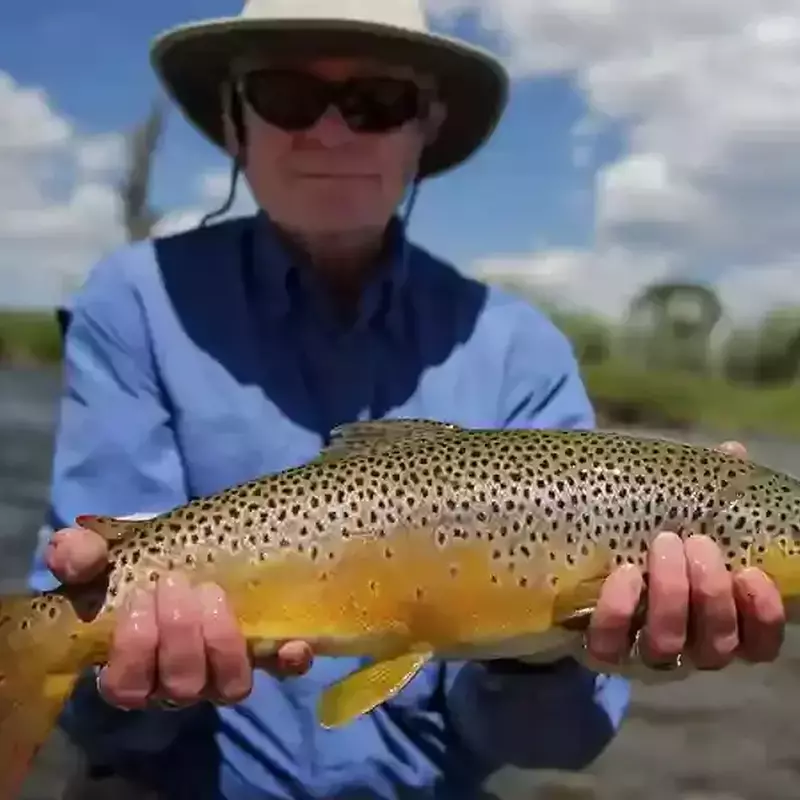
Montana Fly Fishing Seasons
Fly fishing in Montana is a year-round activity with each season having its unique mystique.
The spring and summer months are the busiest seasons but also have the best fly fishing Montana has to offer.
Streamer fly fishing for big Brown Trout draws expert and novice anglers alike to the Bozeman fly fishing rivers of Southwest Montana.
Winter is characterized by cold water, making this a time of year when the experienced angler can find both solitude and good numbers of Montana fish.

Spring
Mild temperatures lure Bozeman fishermen away from the slopes and to the streams in pursuit of rising trout as the spring season approaches. For numerous fishers, this period offers the finest fly fishing experience in Montana, as fish can be found almost everywhere during overcast days.

Summer
In the summer months, Montana offers unparalleled fly fishing for trout, unmatched by any other state in the lower 48. Prolific insect hatches and mild weather make this the time of year when the wild trout of Montana are most active. Experience a wide array of experiences on the diverse...

Fall
Fall fly fishing in Montana is a favorite among experienced anglers for the diverse fly fishing opportunities available. Target rising trout during blue-winged olive hatches on mild, overcast days. Streamer fish in search of the legendary brown trout that become increasingly active as the season...

Winter
If solitude and serenity on the water while fly fishing is high on your list, then consider a few days of winter fly fishing in Montana. Midge hatches bring trout to the surface in February and March. Consistent nymph fishing is the rule for the wading angler on the many rivers near Bozeman...

Montana Fly Fishing Trips
Our Bozeman fly fishing guides are available year-round for Montana fly fishing trips. We have summarized the “Montana fly fishing seasons” here to help with planning your Montana fishing vacation.
Contact Us with any questions or for personalized service as you start to plan.
Our experts have been outfitting Montana fly fishing trips for over 23 years; rely on their expertise to create a customized Montana fly fishing tour or a guided day trip adventure.
Related Articles From The Montana Fly Fishing Blog

Category: Bozeman Fly Fishing Trip Planning
When Is the Best Time to Fly Fish in Montana? A Complete Seasonal Guide
Post Date: 11/19/2025
Plan your Bozeman fly fishing trip around the best times of the year when water conditions, hatches, and trout activity are at their peaks to get the most out of...
Read Article
Category: Hatches
Montana's Legendary Salmonfly Hatch
Post Date: 06/13/2025
The western salmonfly (Pteronarcys californica) transforms Montana's premier rivers into theaters of savage feeding activity in early summer. These robust stoneflies, reaching lengths of three inches, trigger an annual feast...
Read Article
Category: Bozeman Fly Fishing Trip Planning, Tips on Flyfishing Montana Rivers
Where is the Best Fly Fishing in Montana
Post Date: 03/16/2024
Trout anglers have no shortage of great places to fish. The state of Montana alone boasts enough trout water to keep you busy for several lifetimes. What’s the best trout...
Read Article

